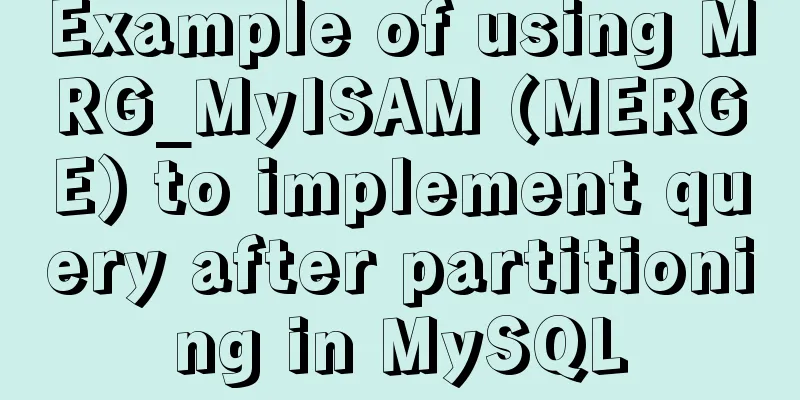How to use fdisk to partition disk in Linux

|
Commonly used commands for Linux partitions: fdisk, modify the MBR partition table, MBR format, the maximum size of the modified partition is 2T. When the size is larger than 2T, use the parted command and the gpt partition format. 1. Add a new hard disk to the virtual machine Edit virtual machine settings---Add---Hard disk---SCSI---Create a new virtual disk---1GB---Complete 2. View all disks
Disk /dev/sdb is the newly added disk 3. Start partitioning
View Help:
4. Create the first partition
5. Similarly, create 3 primary partitions and 1 extended partition Extend the partition to allocate the default remaining space (that is, press Enter directly in the command to allocate space)
6. Create logical partitions At this time, enter n to directly create a logical partition, and the area number starts from 5 sdb5
7. Delete unwanted partitions Enter d and select a partition from 1-7
8. Finally save and exit
9. Execute the effective command (to prevent unknown problems) Notify the kernel that the partition has changed
The above is the full content of this article. I hope it will be helpful for everyone’s study. I also hope that everyone will support 123WORDPRESS.COM. You may also be interested in:
|
<<: Specific method of viewing user authorization information in mysql
>>: Linux parted disk partition implementation steps analysis
Recommend
How to create your first React page
Table of contents What is Rract? background React...
Bootstrap 3.0 study notes buttons and drop-down menus
The previous article was a simple review of the B...
Tomcat obtains the client domain name of Nginx reverse proxy
question After Nginx reverse proxy, the Tomcat ap...
Solution to the problem of being unable to access the Internet after Ubuntu restarts in VMWare
How to solve the problem of being unable to acces...
MySQL replication mechanism principle explanation
Background Replication is a complete copy of data...
CSS achieves the effect of two elements blending (sticky effect)
I remember that a few years ago, there was an int...
Understand all aspects of HTTP Headers with pictures and text
What are HTTP Headers HTTP is an abbreviation of ...
3 simple ways to achieve carousel effects with JS
This article shares 3 methods to achieve the spec...
Linux Disk Quota Management Graphical Example
Disk quota is the storage limit of a specified di...
Implementing timed page refresh or redirect based on meta
Use meta to implement timed refresh or jump of th...
Detailed explanation of TIMESTAMPDIFF case in MySQL
1. Syntax TIMESTAMPDIFF(unit,begin,end); Returns ...
CSS3 creates web animation to achieve bouncing ball effect
Basic preparation For this implementation, we nee...
Summary of four ways to introduce CSS (sharing)
1. Inline reference: used directly on the label, ...
Detailed configuration steps for installing Linux (CentOS) under VMware virtual machine
Download CentOS7 The image I downloaded is CentOS...
Comment reply pop-up mask effect implementation idea compatible with ie 8/chrome/firefox
I like to pay attention to some news on weekdays a...


















